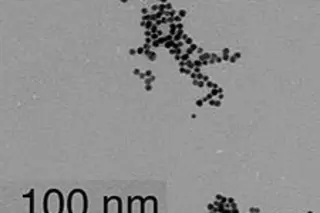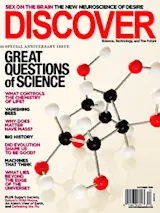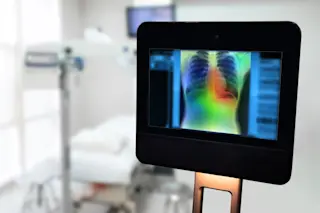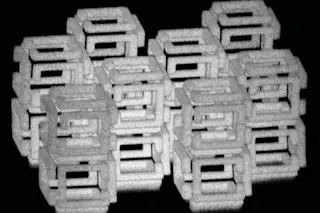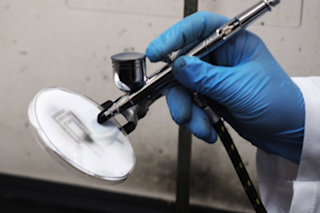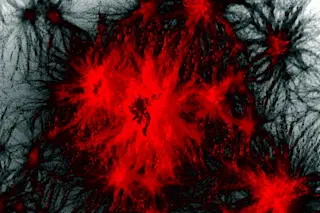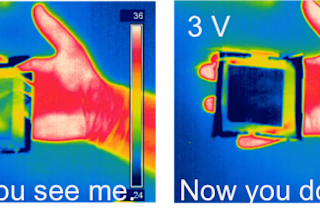Over a thousand years ago, Mesopotamian artisans stumbled on a new way to add a special sheen to their ceramics: using microscopic pieces of metal. This "luster" was the first known use of nanoparticles—tiny objects that are less than 100 nanometers long in all three dimensions. In modern times, nanoparticles have emerged as a useful tool in medicine, with uses from providing the active ingredient in sunscreen (nano-scale particles of titanium dioxide), to stimulating blood vessel growth as an aid to healing, to delivering the key ingredients in artificial hearts (nanocrystalline zirconium oxide) and brain imaging (magnetic nanoparticles).
One use for nanoparticles that is gaining momentum is their ability to carry prescription drugs. And one of the first nanoparticle-based products to pass animal trials is a topical cream for erectile dysfunction, which could potentially replace the tremendously popular ED drugs. Joel Friedman, a professor at the Albert Einstein College of ...


